
Photos courtesy of Nicholas George

In 1980, when Ron Probst purchased his little piece of paradise in a secluded corner of Pope County, his objectives were hunting and a place for his friends and family to recreate. A few years later, Ron got his start in forest management when he signed up for the Illinois Forestry Development Act (FDA).
“I was first under the impression that if I didn’t implement the FDA plan my taxes would go up,” Probst explained. “When I started talking to the Illinois Department of Natural Resources’ District Forester, I realized that this was a voluntary program that could reduce my taxes, and things began to make sense. To have decent timber you need to take care of it, same goes for if you want to have a nice house in 20 years, you have to take care of yours now.” His participation in the FDA program kick started his interest in managing his land.

Since that time, Probst has not only participated in the FDA program, but he also has implemented projects through the U.S Department of Agriculture’s Conservation Reserve Program (CRP) and the U.S Fish and Wildlife Service’s Partners for Fish and Wildlife Program (PFW). The most recent was a project with PFW that consisted of a forest stand improvement (tree thinning) in the winter of 2017-2018 and a prescribed fire in the spring of 2019.
Already, in the first growing season since the burn, the combination of these practices has promoted oak regeneration that will allow the land to produce a healthy timber stand in the future. These practices also are regenerating native vegetation that will provide browse and cover for multiple species, such as white-tailed deer and wild turkey. The native vegetation will make the property more resistant to non-native and invasive species. Without these native plants, invasive species would be able to take root, further reducing the forest diversity and food resources available to wildlife. The habitat created by this project not only enhances the Probst property, but it enhances his neighbor’s property, as the turkeys that are born on his property eventually will wander onto neighboring properties.

When asked what seemed to be the most difficult part of the process, Probst responded quickly “Government programs. They take so long and are sometimes hard for the common landowner to understand.” He was referring to policy changes, deadlines and so forth. He went on to say, “It has been fantastic working with the individuals in southern Illinois one on one.”
Words of wisdom that Ron would offer to others interested in going down this path, “Find someone who you can rely on and keep with them. Building a relationship with someone who can help you walk through the process is key. Don’t get frustrated the first go around. It’s not the individual’s fault, the process takes time. Have patience.”

Now, almost 40 years after purchasing the property, the Probst property is an excellent example of how great stewardship can be implemented through local coordination and using the resources available to a private landowner. Southern Illinois is extremely fortunate to have a landowner like Ron Probst. The legacy he has built to restore the native southern Illinois oak-hickory forest ecosystem will be enjoyed for generations to come.
If you are an Illinois landowner and interested in managing your forest, contact your local Illinois Department of Natural Resources District Forester and/or visit Let the Sunshine In! to learn more about the resources available to you.
Nick George is a private lands biologist for the U.S. Fish and Wildlife Service’s Partners for Fish and Wildlife Program in Southern Illinois. His program focuses on implementing voluntary forest stand improvement, wetland restoration and prairie restoration projects on private property.






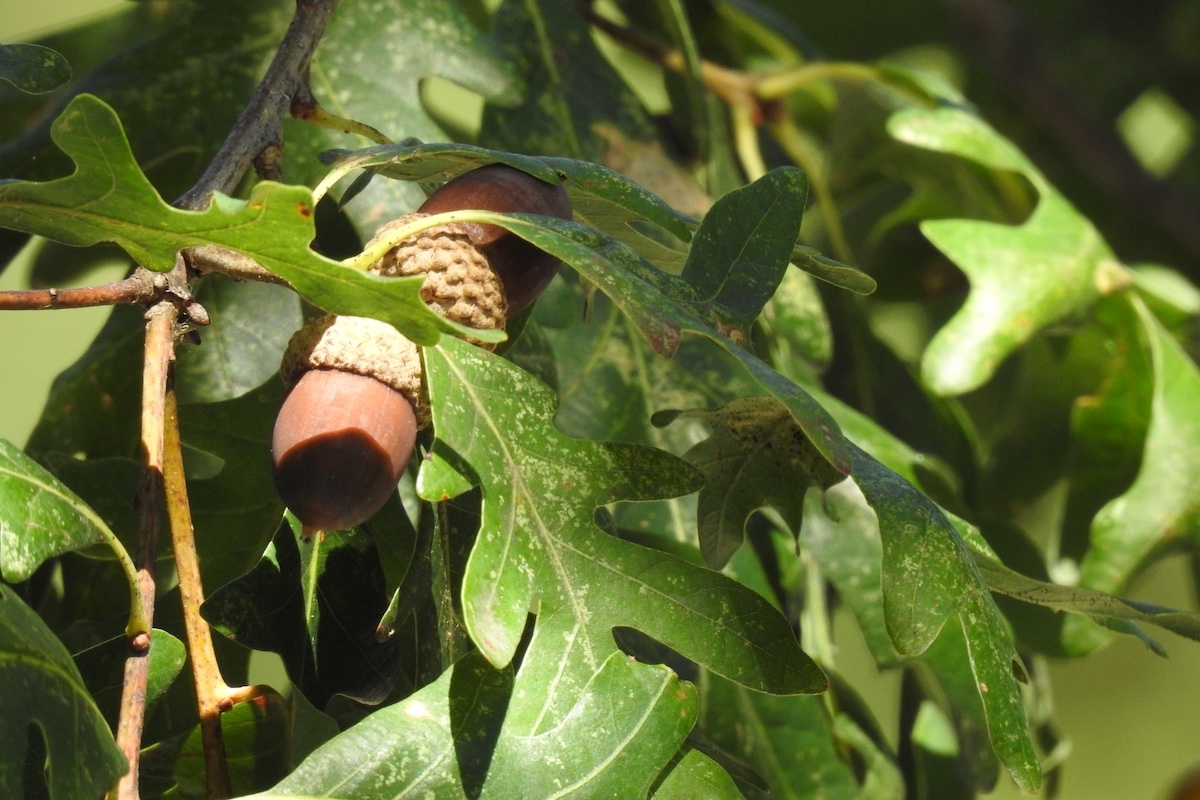
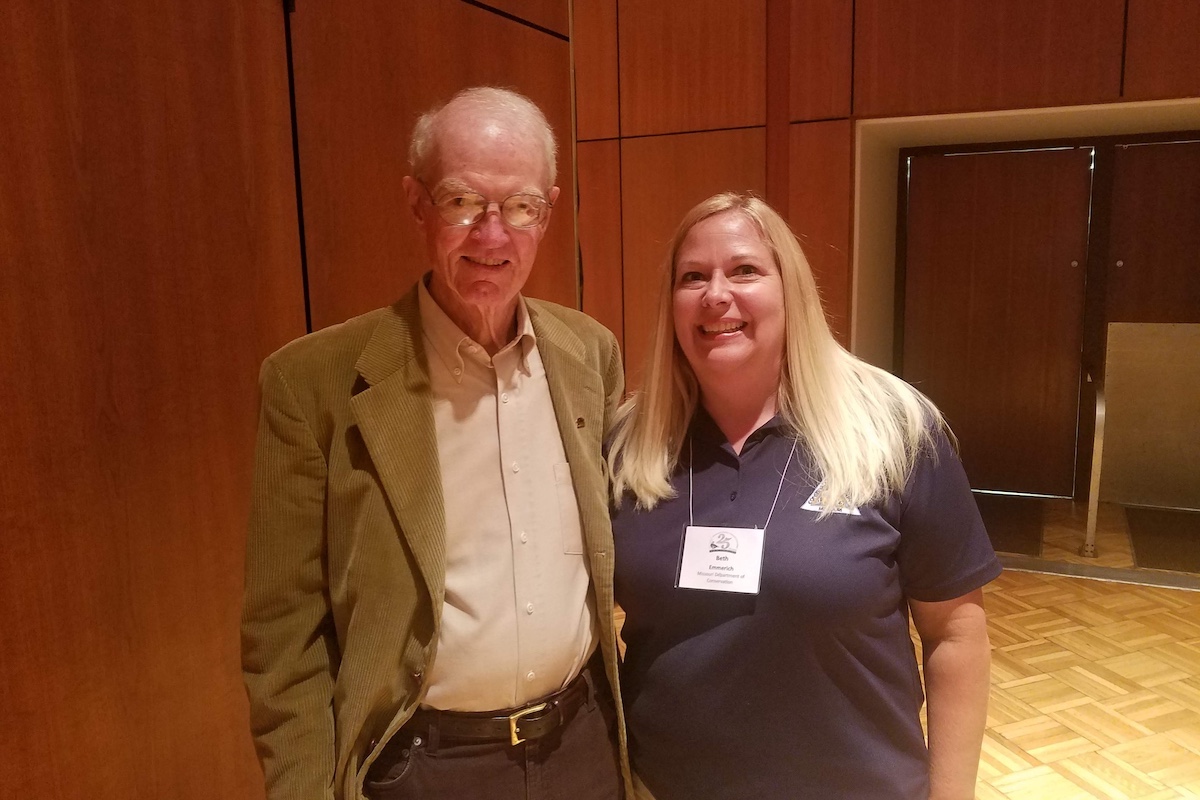
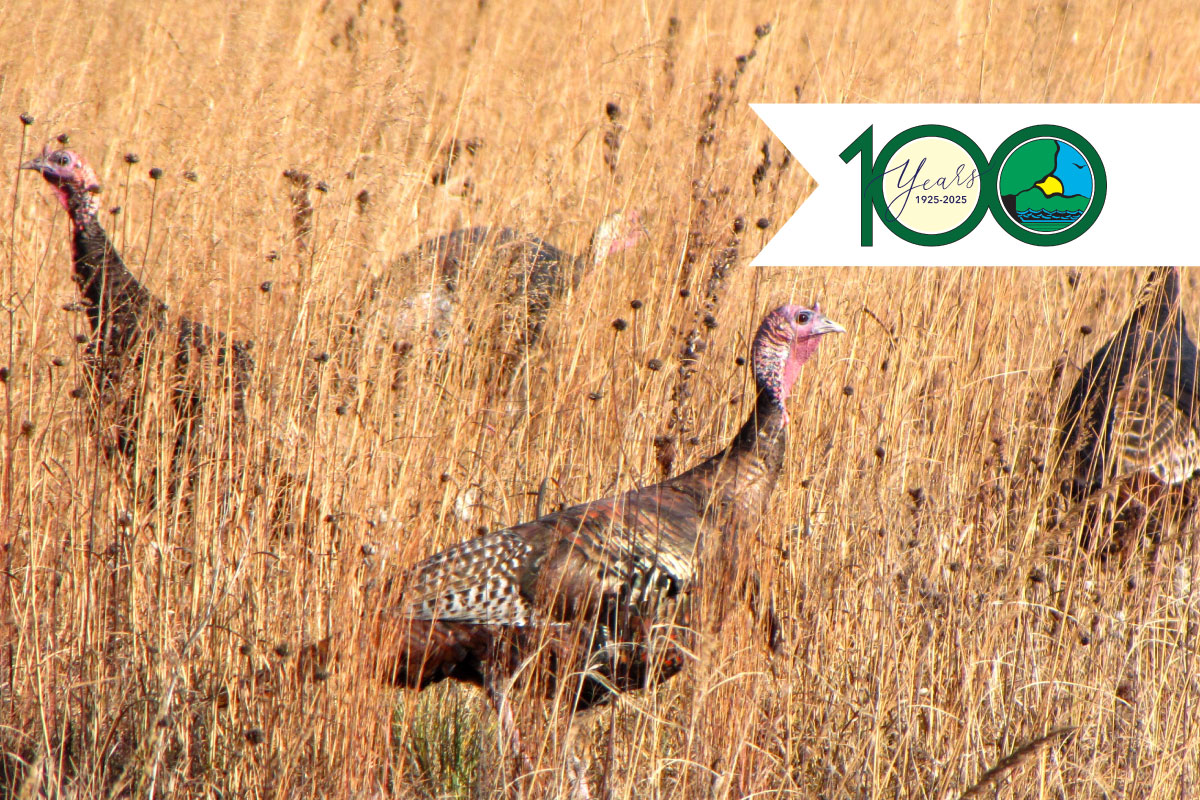
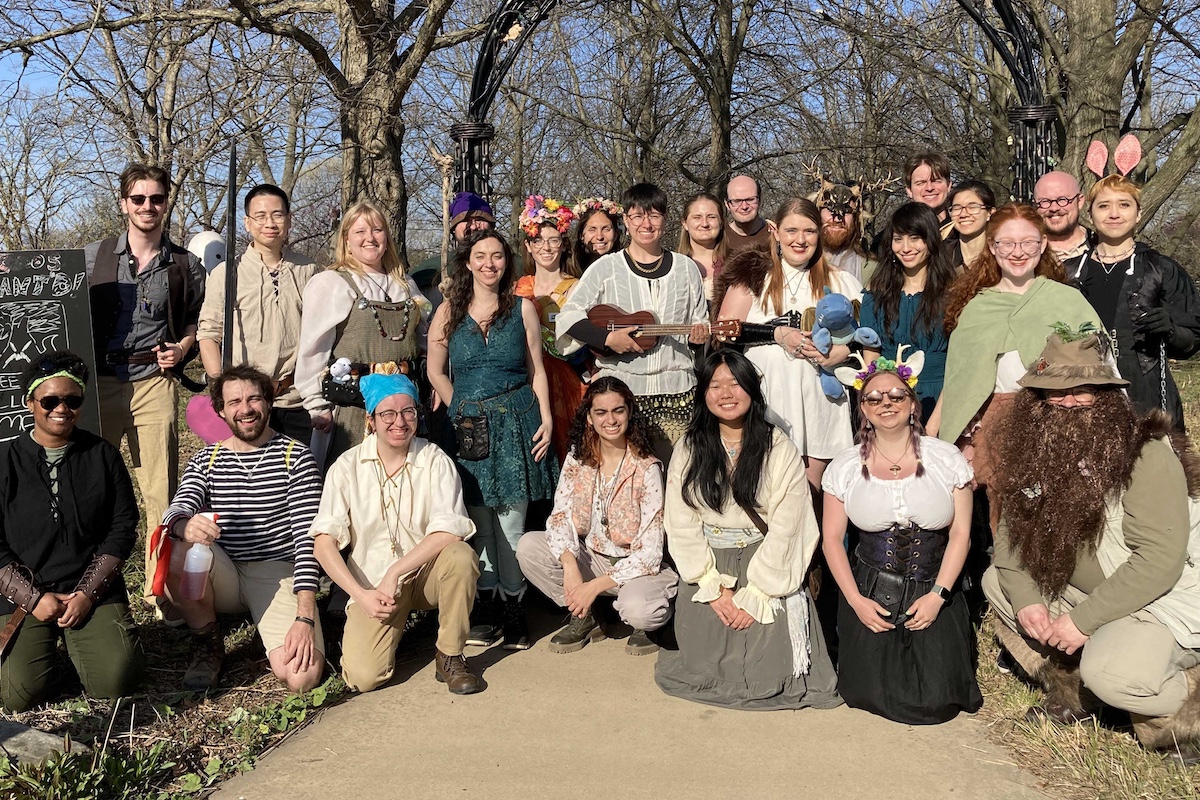
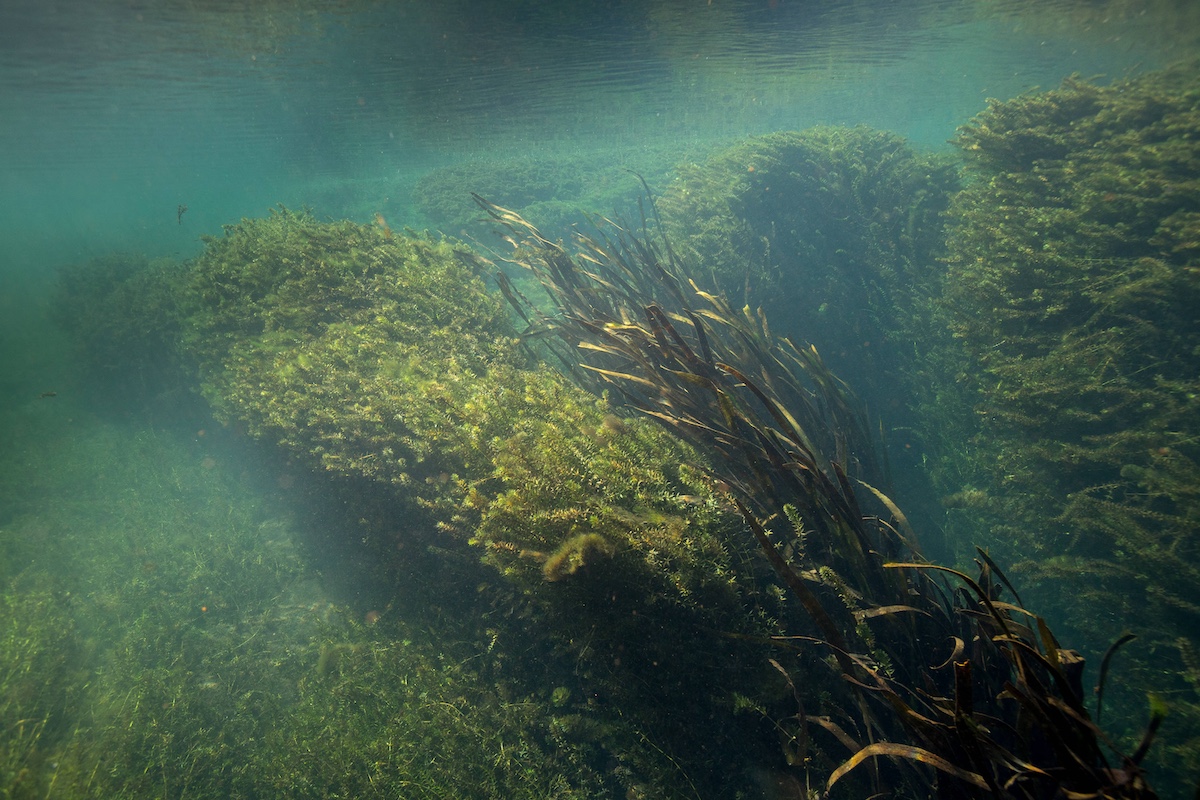
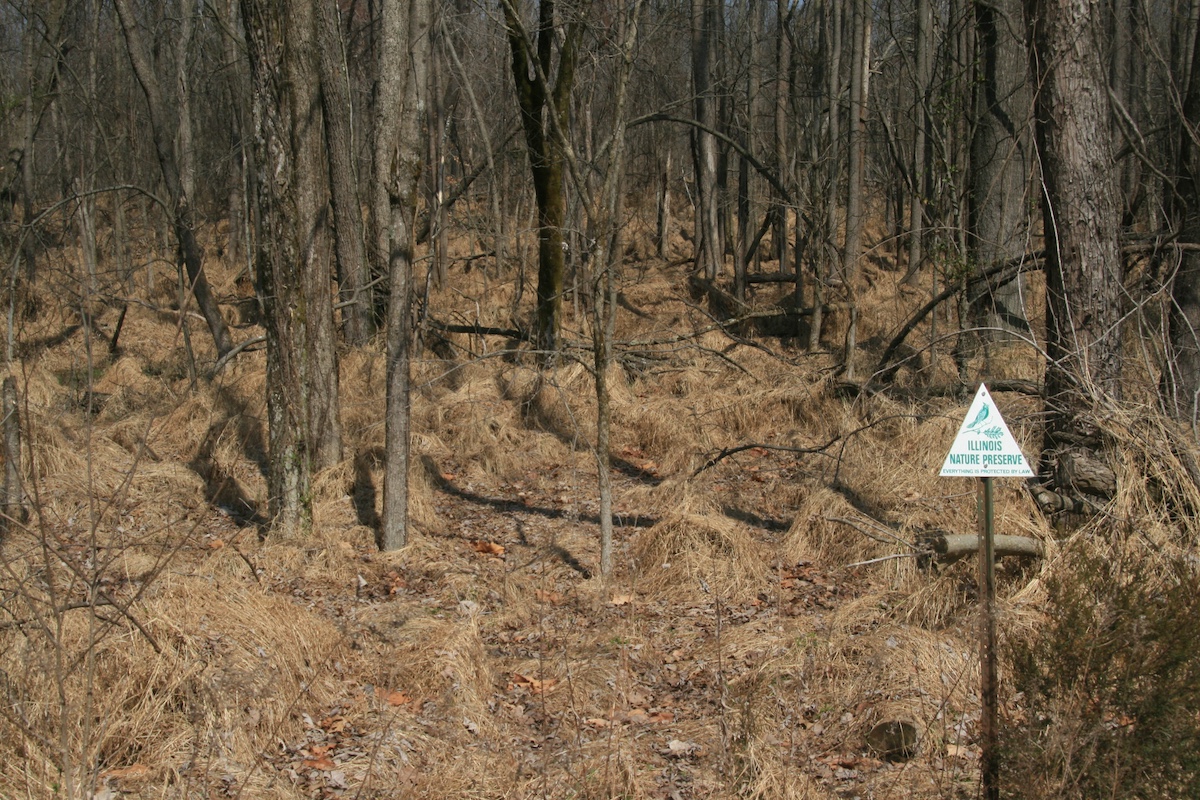
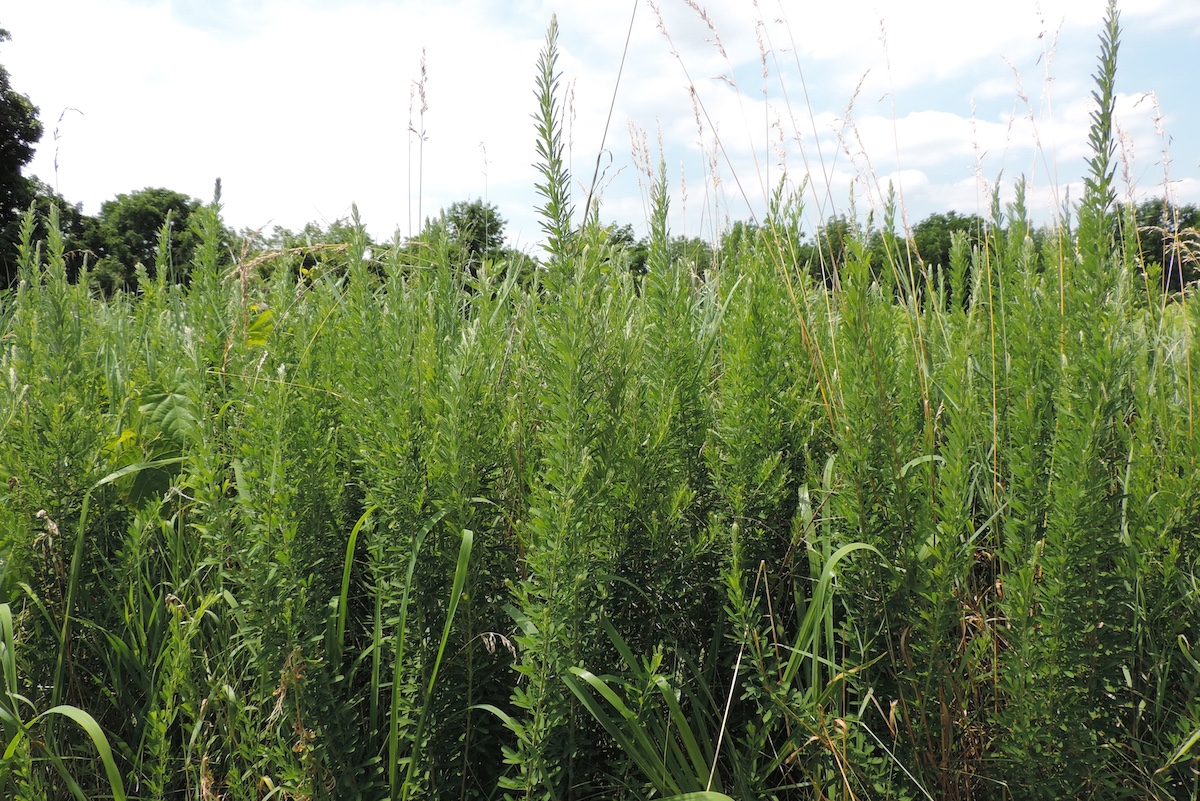
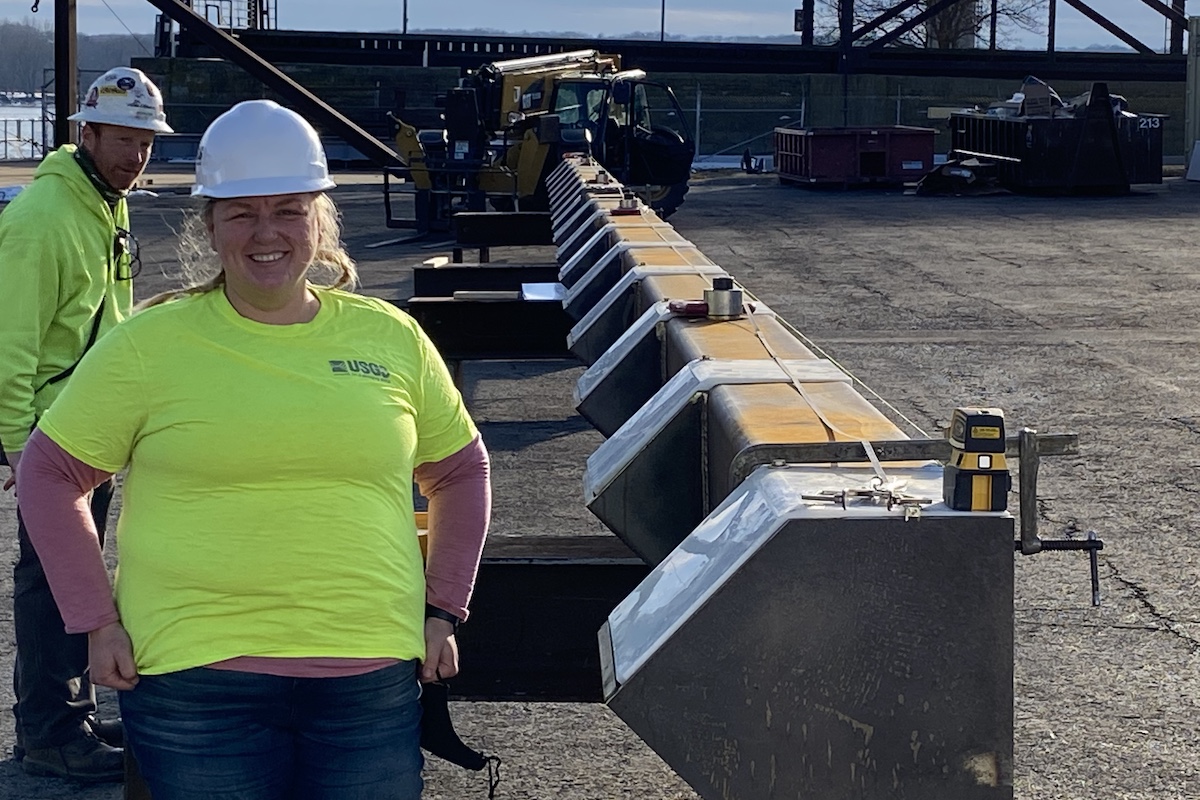
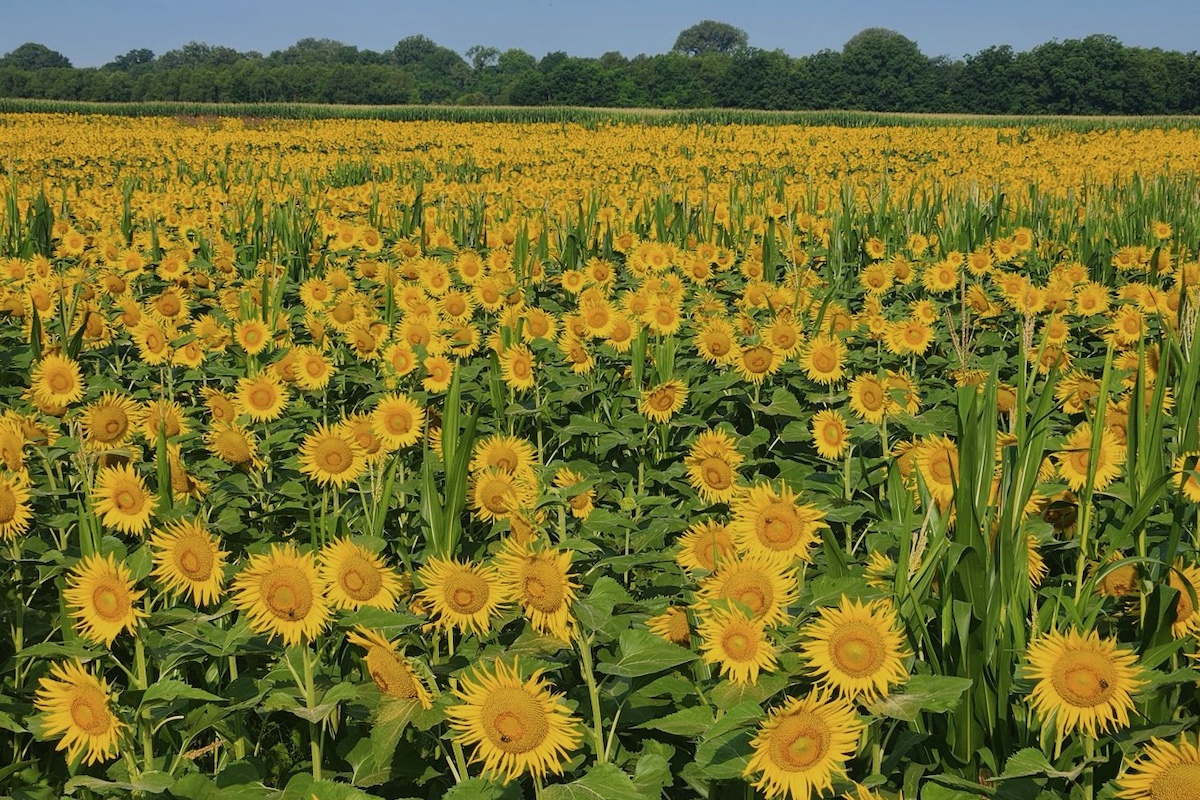
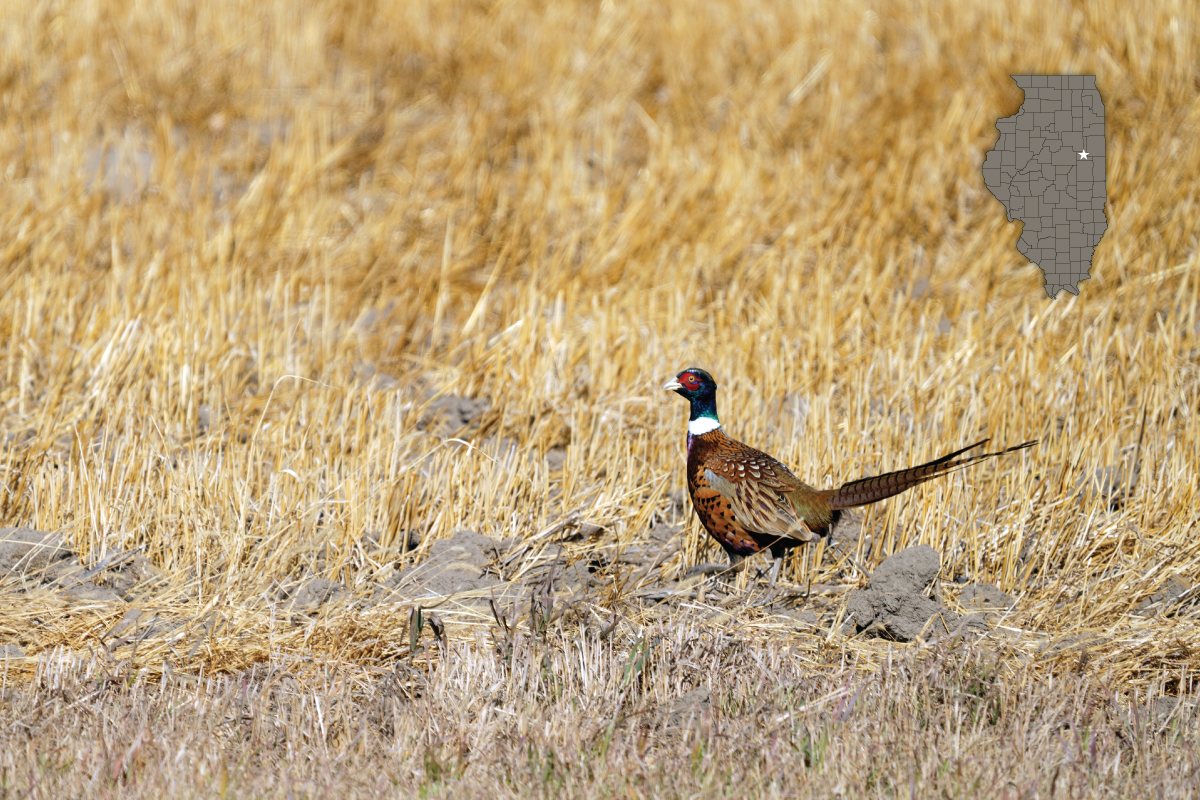
Submit a question for the author